THE IRISH VOLUNTEER MONUMENT IN SOUTH AFRICA: FROM BRIXTON JOHANNESBURG TO ORANIA NORTHERN CAPE
Compiled by Wolfgang Witschas
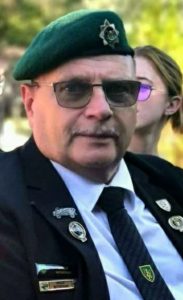
Abstract
The Irish Volunteer Monument in South Africa is a memorial dedicated to Irish soldiers who fought alongside the Boers in the Anglo-Boer War.
• Location:
The monument is situated in Orania, Northern Cape province, South Africa,
• History:
Initially erected in 1975 in Brixton, Johannesburg, the monument was later dismantled in 2002 and, as a result of civilian initiatives, relocated to Orania, where it was re-erected on 01 November 2002
• Purpose:
The monument commemorates the Irish volunteers who fought for the Boers during the Anglo-Boer War, highlighting the historical connection between Ireland and South Africa
• Nearby landmarks:
The monument is close to other notable sites, including Orania’s “Monument Hill” (where busts of several Afrikaner Statesmen, including HF Verwoerd, are displayed), the Gereformeerde Kerk, Oranjerivier church and the Congregation of the Covenant People church.
Key Words
Irish Volunteer Monument
First Anglo-Boer War
Second Anglo-Boer War
Irish Transvaal Brigade
Commandant John Scott-Hayward
John MacBride
Prime Minister, Dr H.F. Verwoerd
Sebastiaan Biehl
Orania
Orania Beweging
Carel Boshoff IV
Freedom Front Plus
Pieter Mulder
Introduction
Irish support for the Boers can be traced back to 1877 before the First Anglo-Boer War; December 1880 to March 1881, especially in 1881 following the British defeat at the Battle of Majuba Hill, where an Irishman, Alfred Aylward, served as an adviser to the Boer General Piet Joubert during the battle.
When the two Boer Republics, the Zuid Afrikaansche Republiek (ZAR) and the Orange Free State (OFS), declared war on Britain on 11 October 1899, the Second Anglo Boer war began. Irish volunteers both within the ZAR, from Ireland and the USA formed commandos to fight against British.
The Irish Transvaal Brigade was established days before the outbreak of the Second Anglo-Boer War and initially consisted of Irishmen who worked in the Witwatersrand. The volunteers were given full citizenship and became Burghers of the Boer republics. The brigade was formed by Colonel John Blake, an Irish-American former officer in the US Army, who was later succeeded by John MacBride. Under the leadership of MacBride, the brigade was strengthened by volunteers travelling from Ireland who entered South Africa via Portuguese Mozambique.
Second Anglo Boer War
The Irish Transvaal Brigade, also known as the Wreckers’ Corps, was organised by John MacBride, who was then employed at the Rand Mines. Most of the company-strength Brigade were Irish or Irish-American miners living in the Transvaal who were willing to fight with the Boers against the British. The Brigade was bolstered during its campaign by a contingent of volunteers who came from Chicago and by a variety of Irish volunteers who travelled from America and Ireland to join the Brigade.
The Brigade would come to be known as MacBride’s Brigade, after their commander, John MacBride. It was operational from September 1899 to September 1900, during which time the brigade fought in about 20 engagements, with 18 men killed and about 70 wounded from a complement of no more than about 300 men at any one time. When it disbanded, most of the men crossed into Mozambique, which was a colony of neutral Portugal.
The brigade received letters of thanks before they left South Africa from State Secretary Francis William Reitz, Commandant-General Louis Botha and General Ben Viljoen.
The Second Irish Brigade was formed in January 1900 by former members of the Irish Transvaal Brigade. Former Le Journal correspondent Arthur Lynch was appointed as the unit’s commander. The brigade consisted of 150 commandos from a variety of ethnic backgrounds. Including among others Irish, Australian, Greek, German, Boer and Italian members.
The brigade remained attached to General Lukas Meyer’s command in Natal, retiring to Laing’s Nek after the siege of Ladysmith. The brigade fought in the rear guard, during the retreat from Ladysmith to Glencoe. The brigade was later ordered to Vereeniging but was disbanded while it was in Johannesburg. After the dissolution of the brigade, Lynch together with a small group of Irishmen joined various commandos along the Vaal River.
The Irish Volunteer Monument
Introduction
The Irish Volunteer Monument is commemorated to the 500 Irish volunteers that fought alongside the Boers in the Second Anglo-Boer War against the British. Ireland was then still ruled by Great Britain, and the Irish helped the fight for freedom of the Boers, and fought against their enemy at home.
Background
It was in 1952, shortly after the Afrikaner nationalists had achieved state power,
that an “organisation was formally established to honour the memory of the Irish Brigade”.
The two most prominent figures in the organisation had more in common with the middle-class leadership of the new Afrikaner nationalists than with the working-class members of the original Irish Brigade. The treasurer, R.I.C. John Scott-Hayward, the militant republican from the IRA (SA), who had fought with the antitreaty Volunteers in Ireland, was an insurance executive. The secretary, Thomas Berry Floyd, a South African of Irish descent, was a consulting engineer and town planner. The fund was given a trilingual title:
“Ierse Kommando Gedenkfonds/Transvaal Irish Brigade Memorial Fund/Ciste Ar Son Briogaid nan Gaul”.
The use of Afrikaans signalled that, unlike the IRA (SA), the organizing committee was not exclusively Irish or Irish-South African, while the Gaelic signalled an allegiance to radical Irish nationalism. In fact, the committee contained an almost equal number of Irish and Afrikaans surnames. Significantly the Afrikaans members included prominent figures from the Broederbond, notably M.C. Botha, the head of the secret organisation’s Educational chapter. The leadership of the fund, Floyd and Scott-Hayward, closely allied the project, and the memory of the Brigade, with the Broederbond.
Commandant John Scott-Hayward, a South African military officer and a strong supporter of Irish-Boer solidarity, is notable for initiating the idea of building the Irish Monument in Johannesburg, South Africa to commemorate the Irishmen who fought alongside the Boers during the South African War (1899-1902). Scott-Hayward was a member of the Royal Irish Constabulary (R.I.C.) before serving in the Boer War.
The project to build the Irish Brigade Monument gained momentum in the 1960s The then Prime Minister, Dr H.F. Verwoerd, not only accepted a position as patron of the fund in 1965, the year before his assassination, but was, according to a letter by Scott-Hayward, “most anxious that [the] Fund should be brought to finality so that the monument could be completed at an early date” (Letter to Deputy Minister Blaar Coetzee, 07 November 1966). Verwoerd was also responsible for arranging a grant from the South African cabinet of R 5000, 00, which was approximately half the cost of the monument’s construction. In addition, Verwoerd contributed to the fund from his own pocket.
The organisers of the Fund were successful in enrolling leading figures from the Irish and Afrikaner political leadership as patrons. Scott-Hayward used his connections with the Irish Volunteers during the Civil War (28 June 1922 – 24 May 1923) to recruit patrons from the republican establishment in Ireland. Eamon de Valera, the Prime Minister and, later, President of the Irish Republic added his name; as did the Irish Prime Ministers, Liam Cosgrove and J.A. Costello. In keeping with the strong alignment between the Memorial Fund and the aims of the Broederbond, the Nationalist Prime Ministers D.F. Malan and J.G. Strijdom, both Broederbond members, together with several other prominent Afrikaner nationalists, agreed to join the list of patrons on the South African side.
Building of the Monument
In the early 1970s it was decided that the monument should be built in Brixton, Johannesburg next to the Brixton tower (Then the Albert Herzog Tower).
The design of the Irish Brigade Monument was awarded to Architect Jan van Wijk, the Pretoria-based architect whose company was in charge of the Rand Afrikaans University project, and who was also working on the design of an imposing monument to the Afrikaans language – Die Taal Monument – in the Western Cap
Structure:
The monument consists of four pillars/cylinders. Three of its cylinders represent the Irish battalions that fought in the South African War, and the fourth – and tallest one, at 3.5m – represents the rising of the Afrikaner nation.
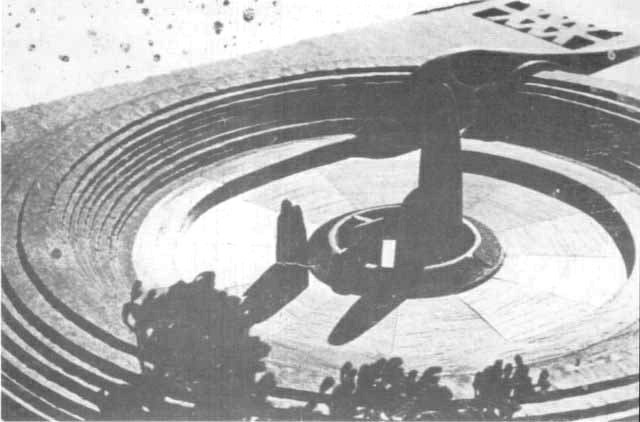
Original Monument in Brixton Johannesburg
The sunken concrete berm can be clearly seen
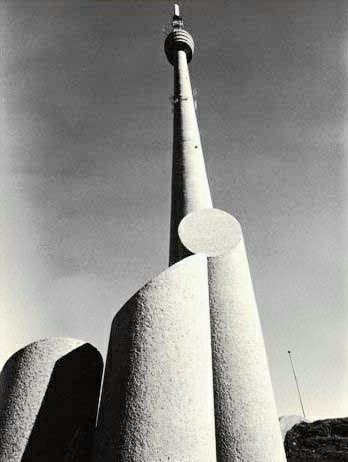
Google:/https://artefacts.co.za/main/Buildings/bldgframes_mob.php?bldid=9674
Unveiling of the Monument
On 01 November 1975 the widow of former Prime Minister, Dr HF Verwoerd, Mrs Betsie Verwoerd, unveiled the Irish Volunteer Monument at the base of the tower.
The opening ceremony was a complex assemblage of signs. Since Verwoerd had been assassinated nine years previously, his widow Betsy (who was also a patron of the Fund) was invited to give the opening address. Speaking Afrikaans, Mrs Verwoerd gave an address which negotiated the growing contradictions that were emerging within Afrikaner nationalist politics as the economic boom that characterized the 1960s began to wane. She stated that she was there to pay back “a little of the great debt that is owed by the South African people [volk] to the brave Irish who gave their lives to the South African struggle for freedom and independence” (Verwoerd 1975). Her emphasis on the repayment of a debt suggested that for her, and perhaps her husband, the Brigade was a historic gesture of solidarity to be commemorated in the face of the international isolation of the apartheid regime. Although a children’s choir sang both Afrikaans and Irish folksongs at the ceremony, and the Irish tricolour was raised alongside the flags of the old Boer republics, there was no official representation from the Brigade’s home country, Ireland. Patrick Ryan, an Irish “Honorary Counsel” * was present, while Father Fergus Barrett, the retired Head of a Pretoria Seminary, gave a sermon harking back to the fervent Irish nationalism of Anglo-Irish War with fulsome references to the 20th century Irish nationalist martyr, Terence MacSwiney. The plaque that was unveiled by Mrs Verwoerd, stated rather pointedly, in Gaelic and Afrikaans, below an image of the Harp of the Irish Brigade, that the link was between the Irish people and the ‘Boer Nation’, not the South African republic:
Erected in memory of the Irish who fought for the Boer Nation in its time of need 1899 -1902. May their sacrifice for freedom and justice forge a bond between the Irish people and the Boer Nation. May this monument be a symbol of that bond.
*”An Honorary Counsel is a person who serves as a representative of a country, organization, or institution in a specific region or community, but is not a professional diplomat”
Over the years and especially after 1994 the monument dilapidated i.e. decayed into a state of disrepair due to neglect, or lack of maintenance. The city of Johannesburg took a decision that the monument is to be demolished during 2001.
In 2002, German immigrant Sebastiaan Biehl, a political science student at the Rand Afrikaans University (now the University of Johannesburg), read an article in the Rapport newspaper about the monument and the intentions of the developer who had bought the land to demolish the monument and wanted to erect a commercial building on its site. “He said we would be doing him a favour actually, if we moved the monument.”
Biehl contacted Orania Beweging leader Carel Boshoff IV, the son of Orania’s founder, and Freedom Front Plus president Pieter Mulder, who raised the R20 000 to have it moved.
According to Mulder the site (in Brixton) was never declared as a heritage site, thus the new owner of the land could give permission to move the monument. This was going to happen at their own cost. The businessman said he couldn’t wait any longer. So, the FF+ organised the money to move it.
In June 2002, the monument was dismantled to be relocated to Orania. The monument was hoisted by crane on to a 10-wheel flatbed truck and driven to Orania. Biehl remembers the journey took him and the contractor 12 hours. “It loaded it onto the truck in the afternoon, so we drove the whole night through”. The journey from Johannesburg to Orania takes about seven hours by car, through Klerksdorp, Kimberley, Hopetown and then on to Orania on the banks of the Orange River.
The monument was re-erected on 01 November 2002 and was unveiled in December 2002.
The Irish Volunteer Monument now sits on top of Monument Hill on the edge of town. It is a rocky, flat hilltop with views of the suburb of Grootdorp below. The monument, without its sunken concrete berm (level space, shelf, or raised barrier) in Brixton, blends in with the scrubland. There is a yearly St. Patrick’s Day (17 March) commemoration also, when it is ornamented with a green ribbon.
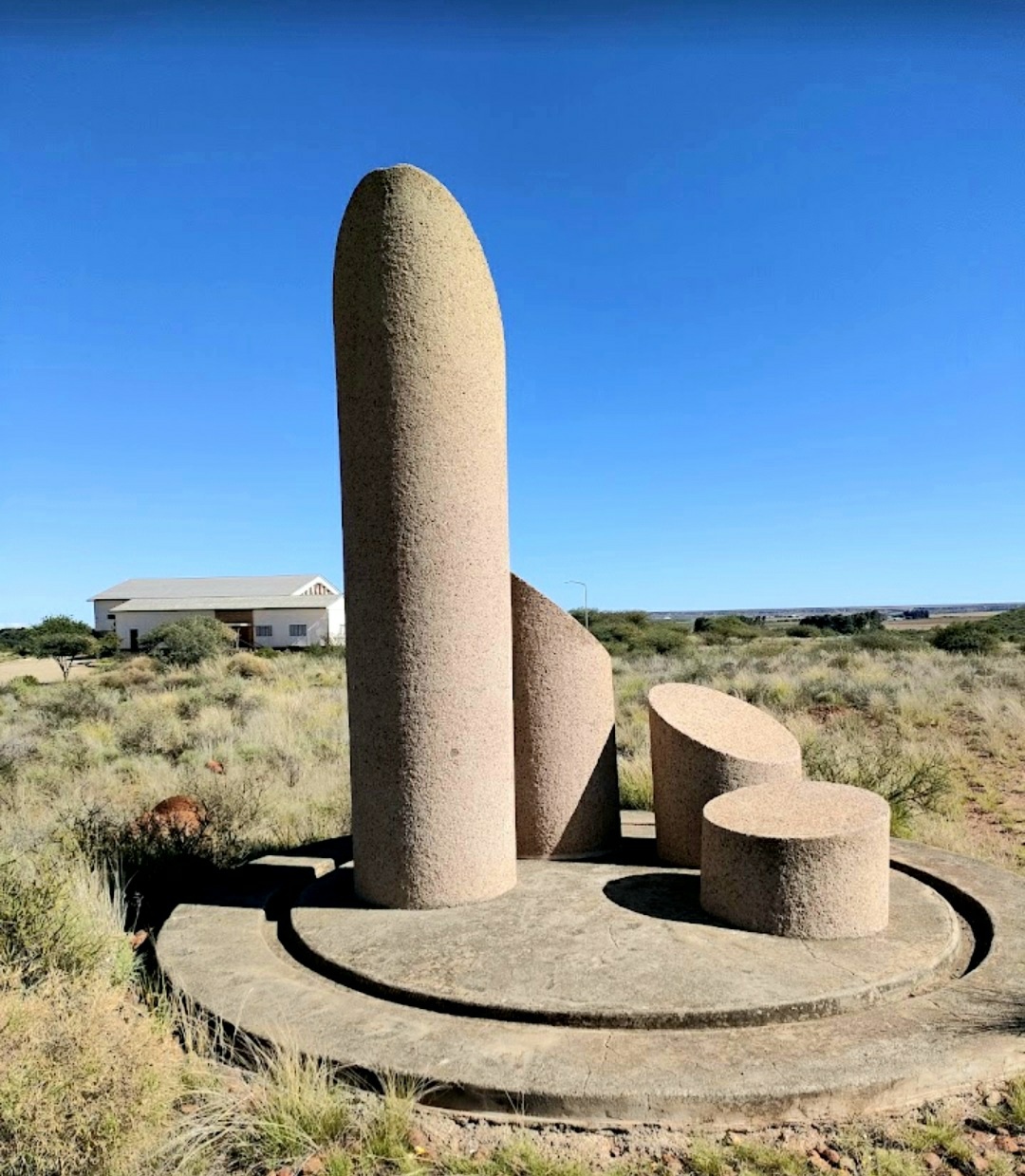
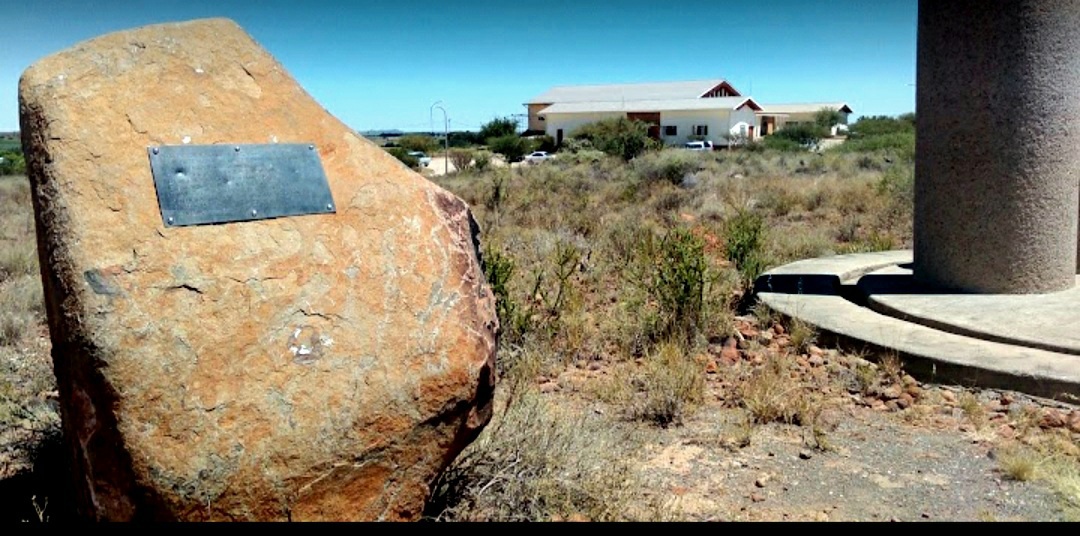
Irish Volunteer commemoration plaque
Google:/https://en.m.wikepedia.org/wiki/Orania
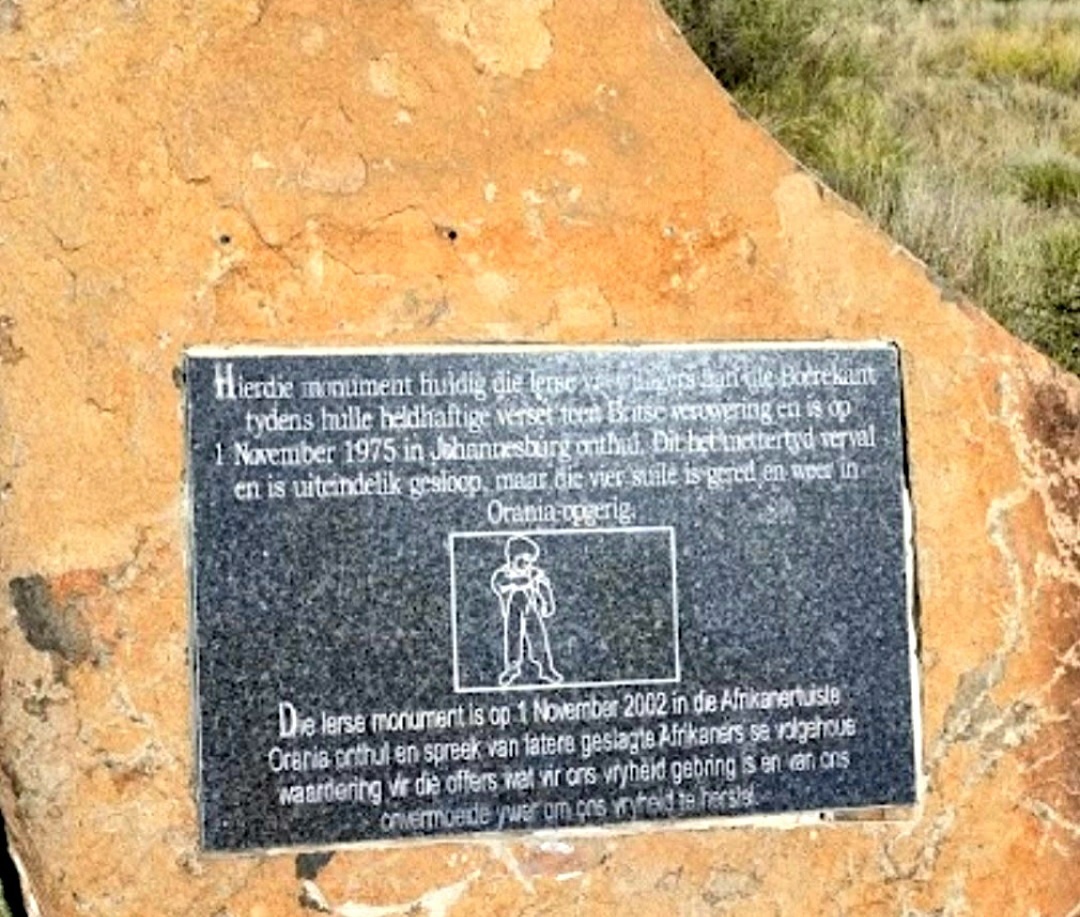
Irish Volunteer commemoration plaque
Google:/https://en.m.wikepedia.org/wiki/Orania
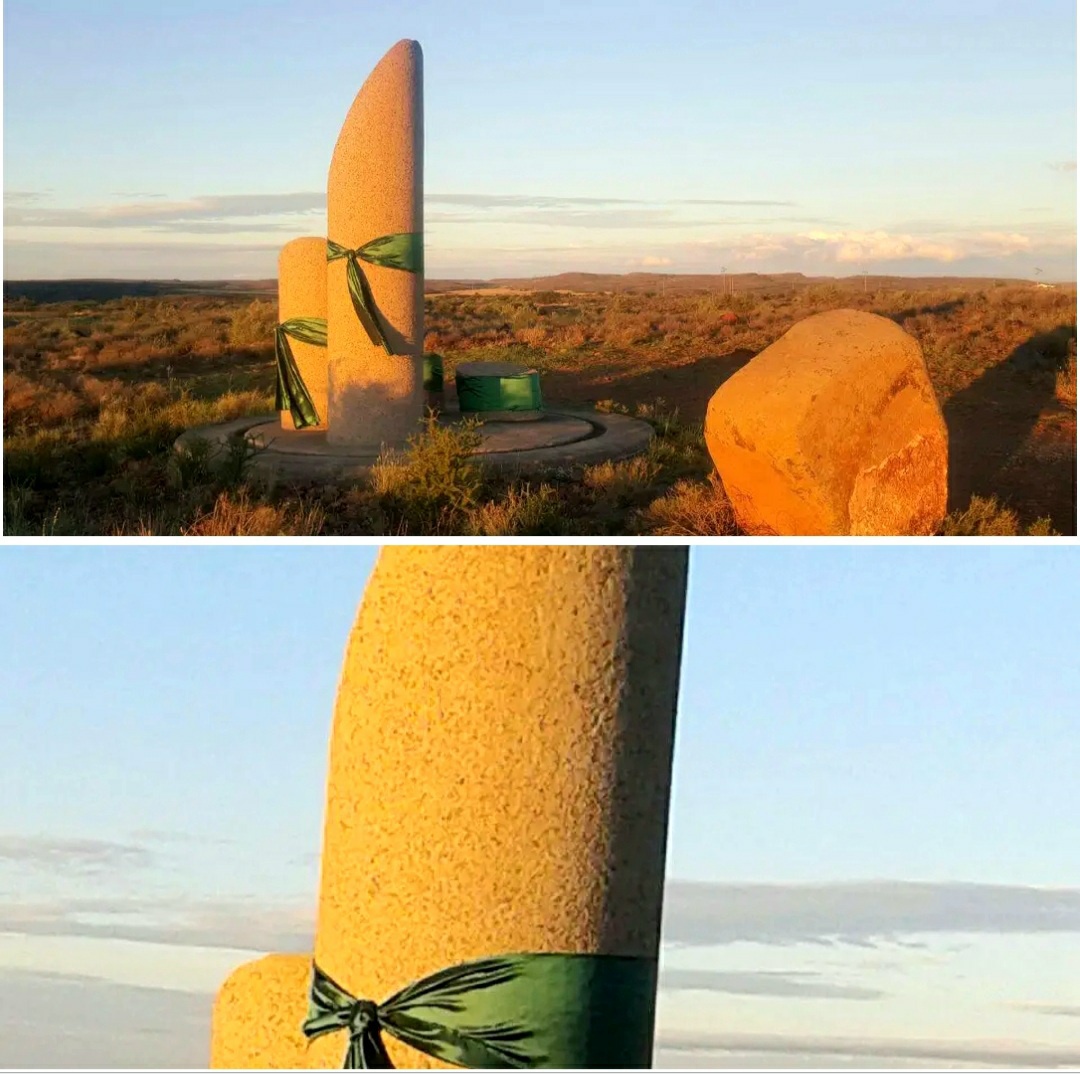 St Patricks Day: Photo: FB: Orania: Homeland of the Boer
St Patricks Day: Photo: FB: Orania: Homeland of the Boer
Epilogue
Sebastiaan Biehl is credited with saving the Irish Monument from demolition. He played a key role in relocating the monument to Orania in 2002.
Orania, being an Afrikaner homeland, provided a unique context for the monument’s relocation. The town’s rich history and cultural significance make it an interesting destination for those looking to explore South Africa’s complex past.
Irish Monument Commemoration
Monument Hill Orania
St. Patrick’s Day: 17 March 2025
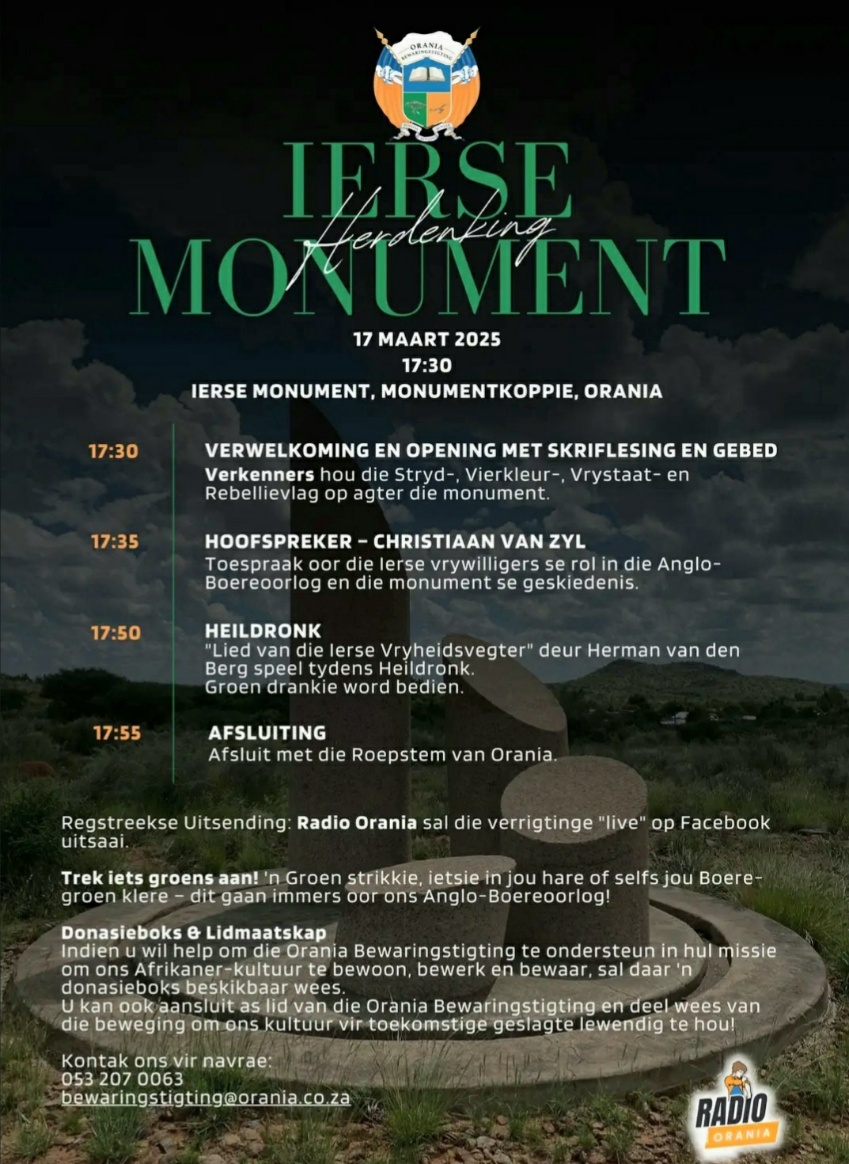
Face Book: Orania: Homeland of the Boer
References
Google:/https://en.m.wikepedia.org/wiki/Orania
Google:/https://artefacts.co.za/main/Buildings/bldgframes_mob.php?bldid=18813
Google:/https://artefacts.co.za/main/Buildings/bldgframes_mob.php?bldid=9674
Face Book: Orania: Homeland of the Boer
Thanks to Mr Burger Lambrechts for the following photos:
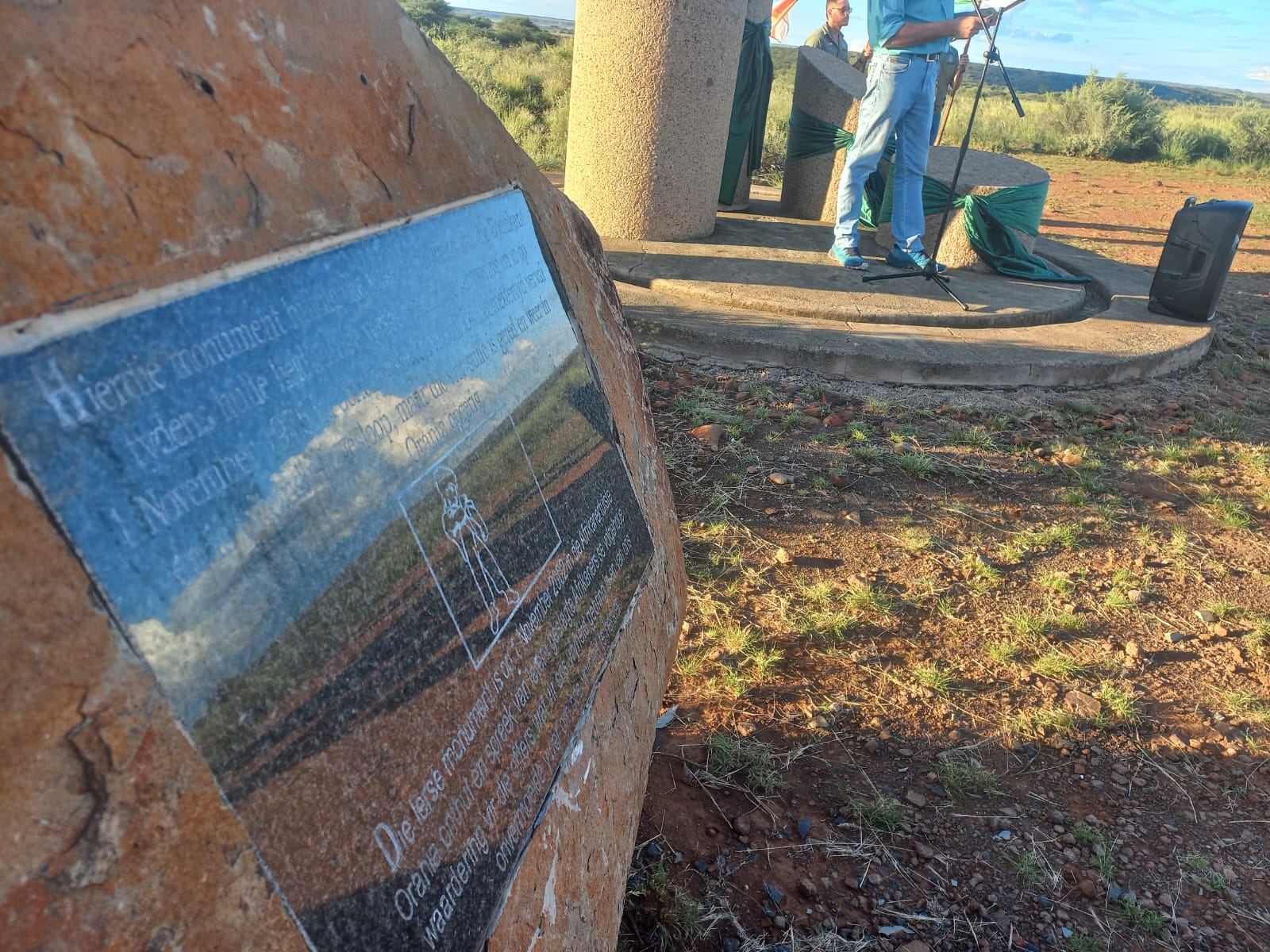
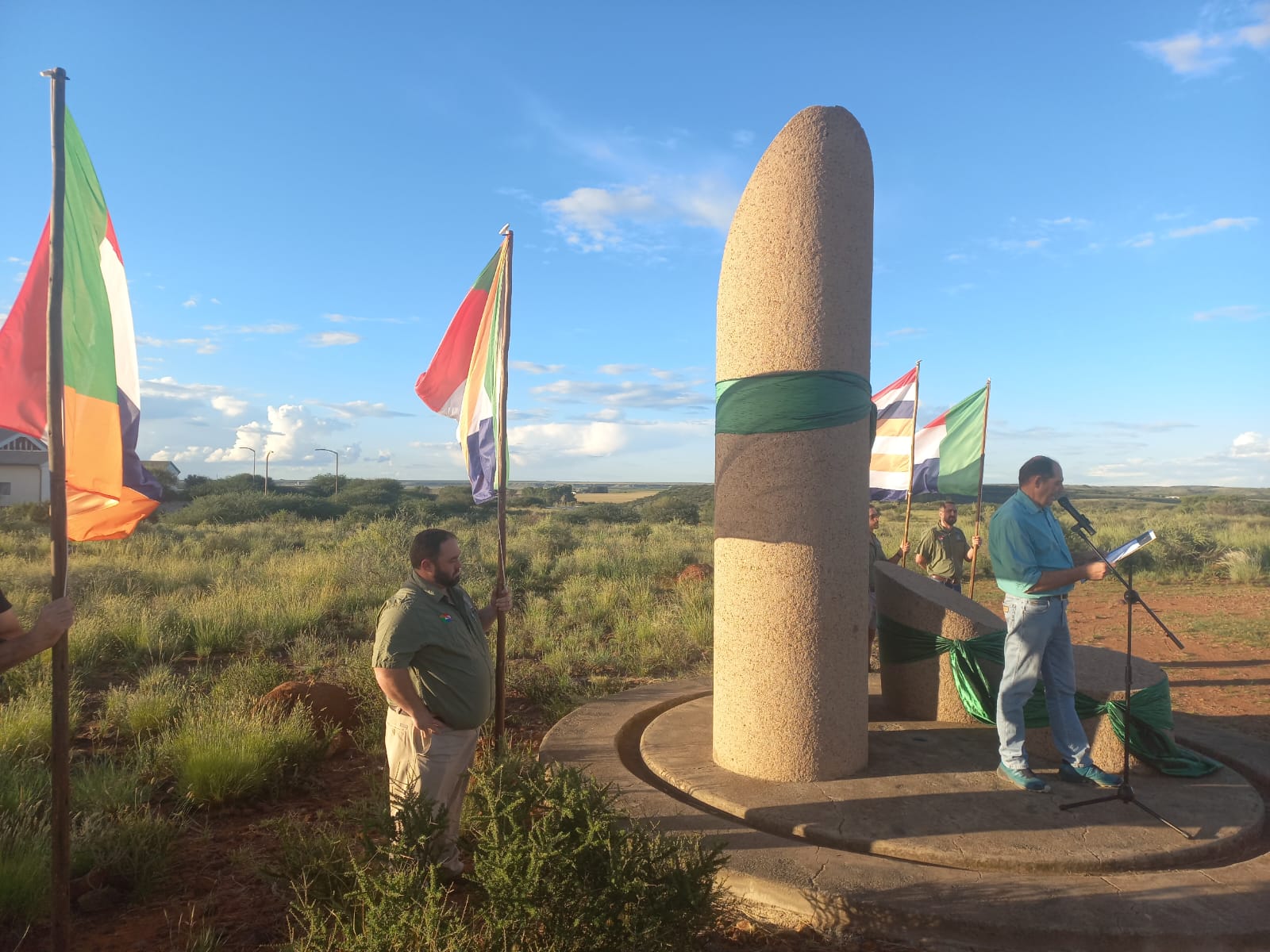
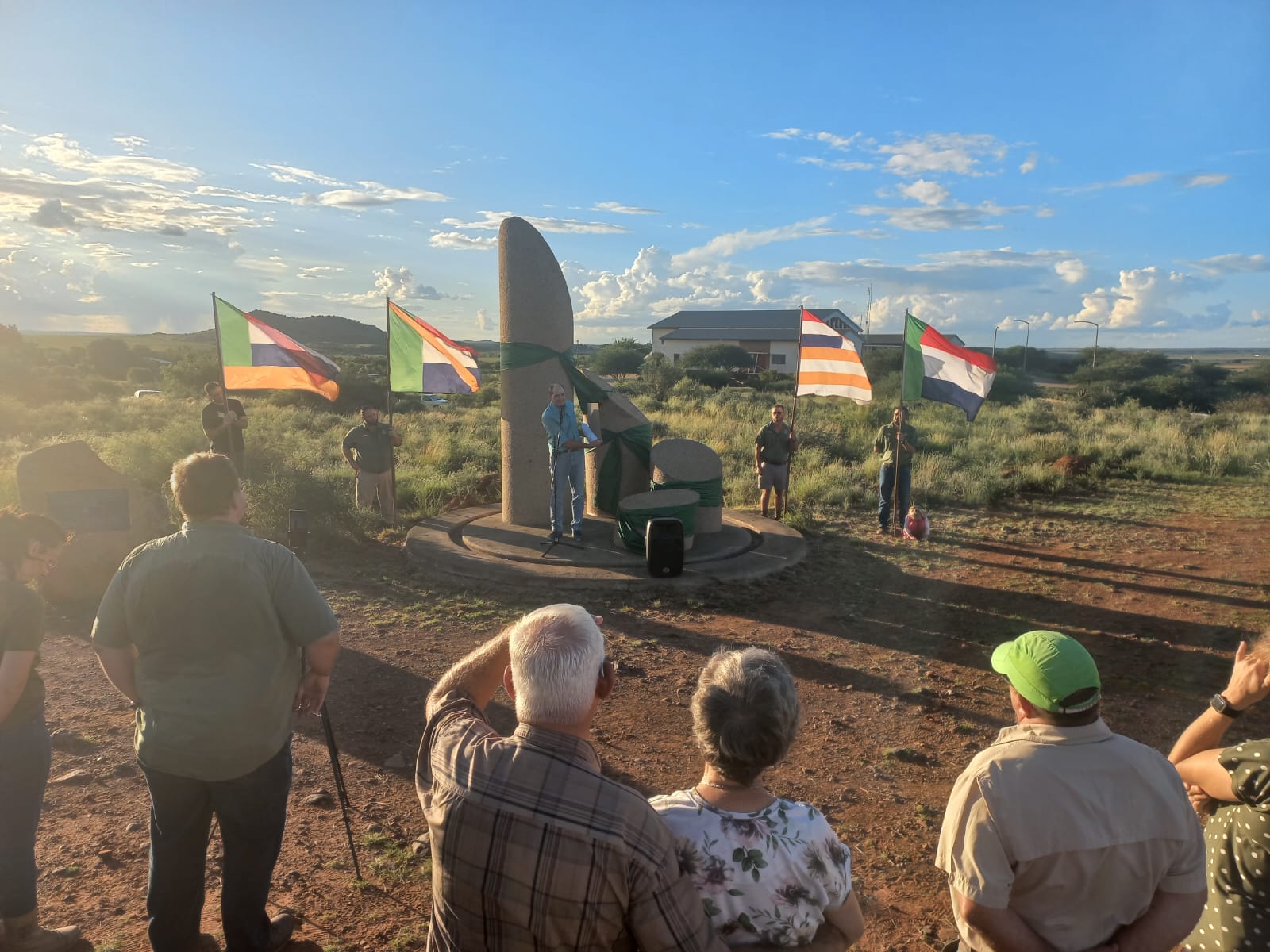
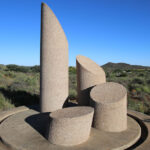

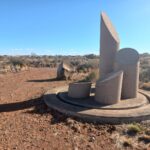
Ek wil net almal bedank wat uit hul pad gegaan het om die Ierse monument te skuif en dit verder te bewaar. My ou familie bybel is gedateer 1870 en my voorvaders is uit Ierland en Walles afkomstig.